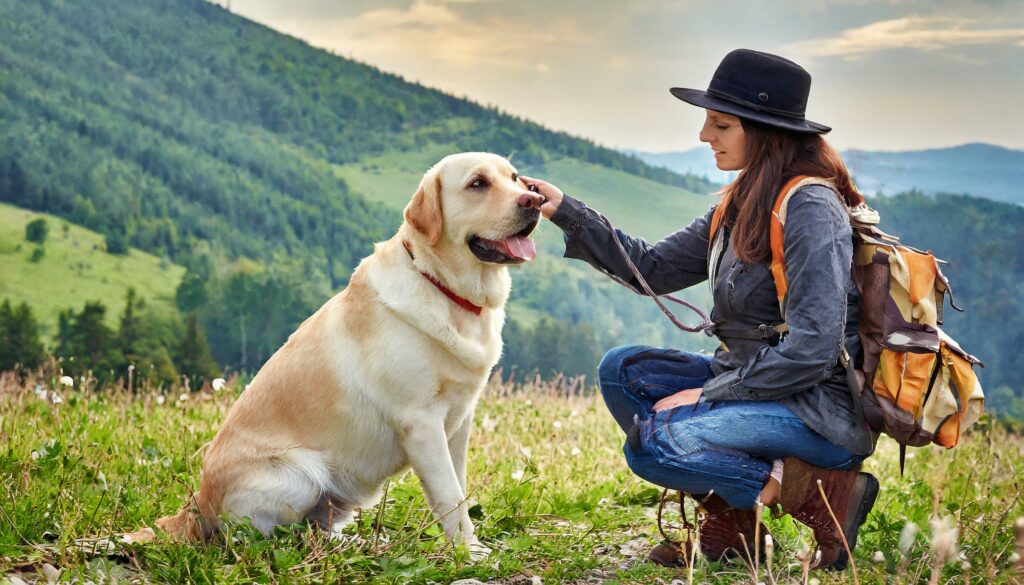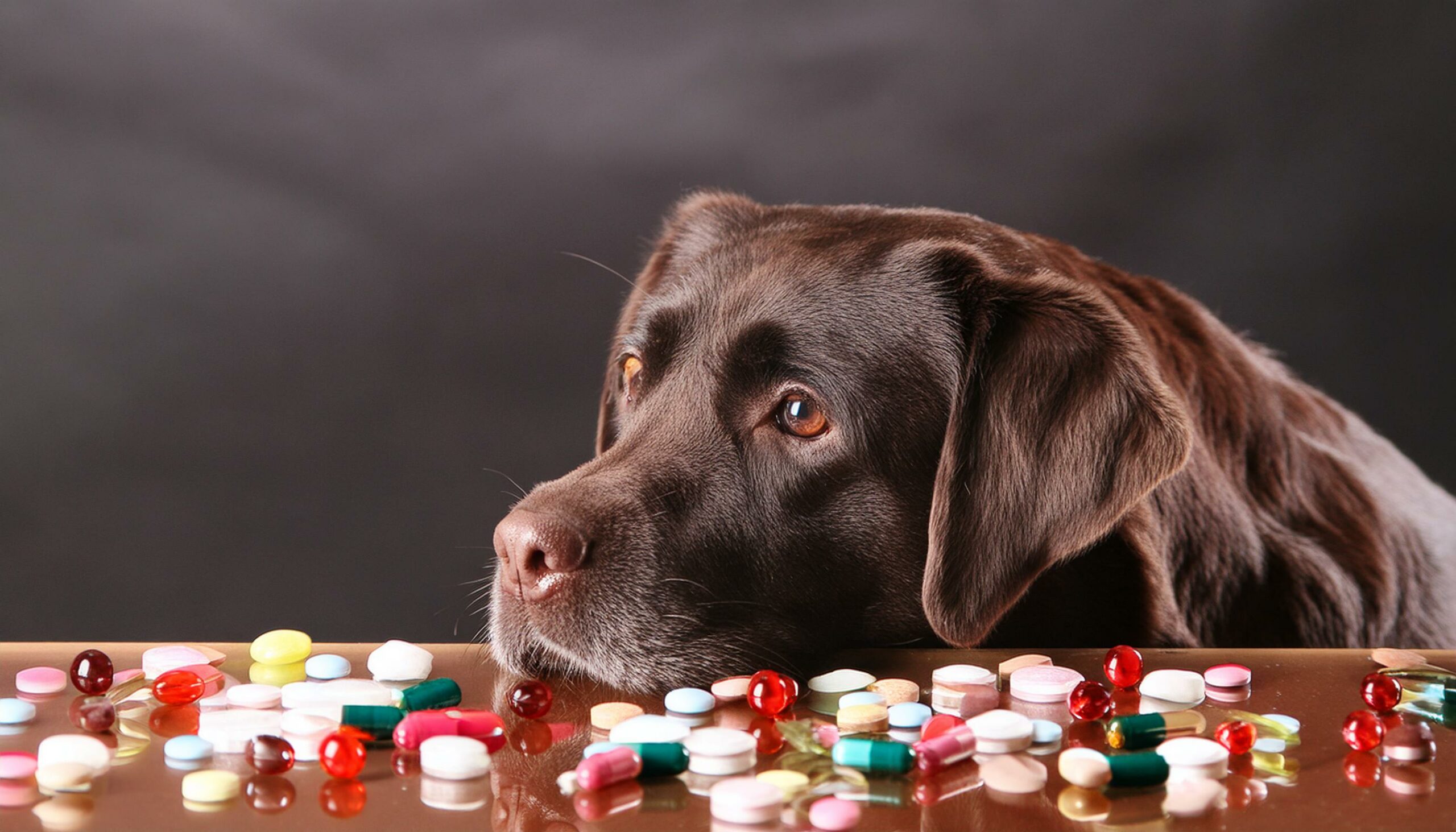Labradors, one of the most cherished dog breeds across the globe, are known for their boundless energy, intelligence, and friendly demeanor. Often selected as family pets, service animals, and loyal companions, their popularity speaks volumes about their adaptable and loving nature. However, potential owners must understand the maintenance required to keep a Labrador healthy and happy. This article delves into various aspects of Labrador care, exploring whether they are high maintenance and how to best meet their needs.
Labradors at a Glance

Size and Build
Labradors belong to the medium-to-large category of dog breeds, with adult males typically weighing between 65 to 80 pounds and females between 55 to 70 pounds. Their sturdy build and powerful legs make them excellent swimmers and agile runners. Originally bred for physically demanding tasks like retrieving game during hunting, they possess an inherent strength that is complemented by their enthusiastic spirit.
Temperament
The temperament of a Labrador is one of its most defining and appealing traits. These dogs are renowned for their patience, gentleness, and intelligence, which make them superb family pets. They are also inherently social, eager to please, and highly trainable, which is why they often excel in roles that require obedience and a high level of understanding, such as therapy and assistance jobs. Their friendly nature makes them poor guard dogs but excellent companions.
Understanding the Maintenance Needs of Labradors
Grooming Requirements
While Labradors are not the most high-maintenance breed in terms of grooming, they do shed. Owners will find that especially during the change of seasons, daily brushing may become necessary to manage the shedding of their dense, water-resistant double coat. Bathing should be done occasionally, only when the dog is visibly dirty or starts to smell, as frequent baths can strip their coat of natural oils.
Exercise Demands
Perhaps one of the most demanding aspects of owning a Labrador is meeting their exercise needs. As a breed with a lot of energy and stamina, Labradors require at least one to two hours of vigorous exercise each day. This can include long walks, jogs, interactive play sessions like fetch, and swimming — a favorite activity of almost every Labrador. Without adequate exercise, they can become bored and destructive at home, which underscores the importance of physical activity for this breed.
Dietary Needs
Feeding a Labrador properly is crucial to maintaining their health. They are known for their hearty appetite and can easily become overweight if their diet is not managed carefully. A high-quality, balanced diet suited to their age, weight, and exercise level is essential. Portion control and regular meal times are key, as is avoiding the temptation to overfeed, no matter how persuasively they might beg.
Health Considerations
Labradors are generally healthy, but they do have a predisposition to certain health issues such as hip and elbow dysplasia, heart disorders, and progressive retinal atrophy. Regular check-ups with a veterinarian can help catch any potential health problems early. It’s also important for owners to be proactive about preventive care, including vaccinations, flea and tick prevention, and dental care.
Training and Socialization

Training Needs
Training is another area where Labradors, due to their intelligence and eagerness to please, generally excel. However, this does not mean they don’t require structured training. Basic obedience training from a young age is essential, and Labradors are often capable of much more advanced training as well. Positive reinforcement techniques work best, as Labradors are sensitive to their owners’ moods and eager to please.
Socialization Importance
Proper socialization starting in puppyhood is vital for any dog, and Labradors are no exception. Exposure to different people, environments, sounds, and experiences helps ensure that they grow up to be well-rounded and confident. Socialized Labradors are typically well-behaved and comfortable in a variety of settings, which is particularly important given their size and strength.
The Cost of Owning a Labrador
Initial Costs
The initial costs of owning a Labrador can be quite high, especially if purchasing from a reputable breeder. Initial expenses will include the cost of the puppy, vaccinations, microchipping, and spaying or neutering. Additionally, new owners should factor in costs for initial supplies like a bed, crate, collars, leashes, and toys.
Ongoing Expenses
Beyond the initial costs, Labradors will incur ongoing expenses throughout their lives. These include, but are not limited to, food, veterinary care, grooming supplies, and possibly professional training classes or daycare. Prospective owners should budget for regular health checks and any unexpected health issues that may arise.
Conclusion
Labradors require a significant amount of care, particularly in terms of exercise, diet, and health management. However, their adaptable nature and ability to integrate into various family dynamics make them highly rewarding companions. With proper care, they offer unconditional love and loyalty, making the investment in their maintenance well worth it.
FAQs
How often should I groom my Labrador?
Regular grooming, including weekly brushing and occasional baths, is necessary to maintain their coat’s health and manage shedding.
What is the best type of exercise for a Labrador?
A mix of activities like brisk walking, running, and swimming will help keep a Labrador healthy and mentally stimulated.
Are Labradors suitable for apartments?
While Labradors can adapt to apartment living, they require sufficient daily exercise to manage their energy levels.
How can I ensure my Labrador is eating enough but not too much?
Following vet-recommended feeding guidelines and monitoring your dog’s weight and health will help manage their diet effectively.
Can Labradors live with other pets?
Generally, Labradors are good with other pets, especially if raised together, but proper introductions and socialization are key.
